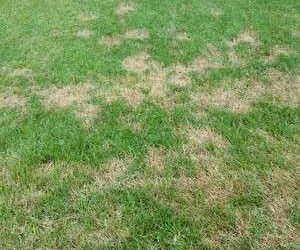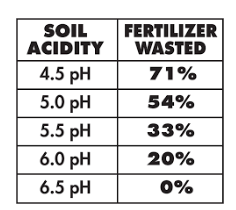Protect Your Landscape:
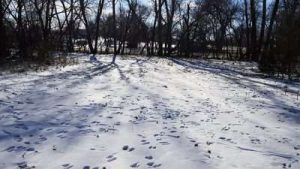
The Importance of a Tree & Shrub Winterizer
Winter can be tough on your landscape. Cold temperatures, harsh winds, and fluctuating weather conditions can damage even the hardiest trees and shrubs. That’s why preparing your plants for winter with a professional tree & shrub winterizer treatment is essential.
At ProLawn, we specialize in protecting your investment with services designed to help your trees and shrubs thrive through the winter months.
Why Should You Winterize Your Trees and Shrubs?
Even if you’ve chosen plants suited to our region, winter’s challenges can take a toll. Without proper care, your trees and shrubs may face serious stress and damage. Here’s why winterizing is so important:
- Early Frost Damage: Sudden cold snaps can harm plant tissues that haven’t hardened off for winter.
- Moisture Loss: Broadleaf evergreens continue to release water during winter. Dry winds and sunny days can cause dehydration, leading to “winter burn.”
- Frozen Soil: Once the ground freezes, plants can’t absorb water to replace what’s lost through evaporation.
- Thaw-Freezing Cycles: Fluctuating temperatures can trick plants into budding too early, leaving new growth vulnerable to frost. These cycles can also push plants out of the soil, exposing roots to harsh winds and sunlight.
- Bark Damage: Winter sun warms tree bark during the day, but freezing temperatures at night can cause cracking.
- Animal Damage: When food is scarce, deer and rodents may chew on bark, causing lasting harm.
Winterizing helps reduce these risks, ensuring your landscape survives winter and emerges healthier in spring.
What Can You Do to Protect Your Trees and Shrubs?
There are several steps you can take to prepare your plants for winter:
- Hydrate Before the Freeze: Water trees and shrubs thoroughly in late fall to ensure they enter winter with enough moisture.
- Mulch Around the Base: Add mulch to insulate the soil, retain moisture, and protect roots from temperature swings.
- Prune Carefully: Remove damaged or weak branches to reduce the risk of breakage from heavy snow or ice.
- Protect Against Wildlife: Wrap trunks with burlap or use wire mesh to prevent damage from deer and rodents.
- Apply Anti-Desiccants: These sprays help reduce water loss in broadleaf evergreens, minimizing the risk of winter burn.
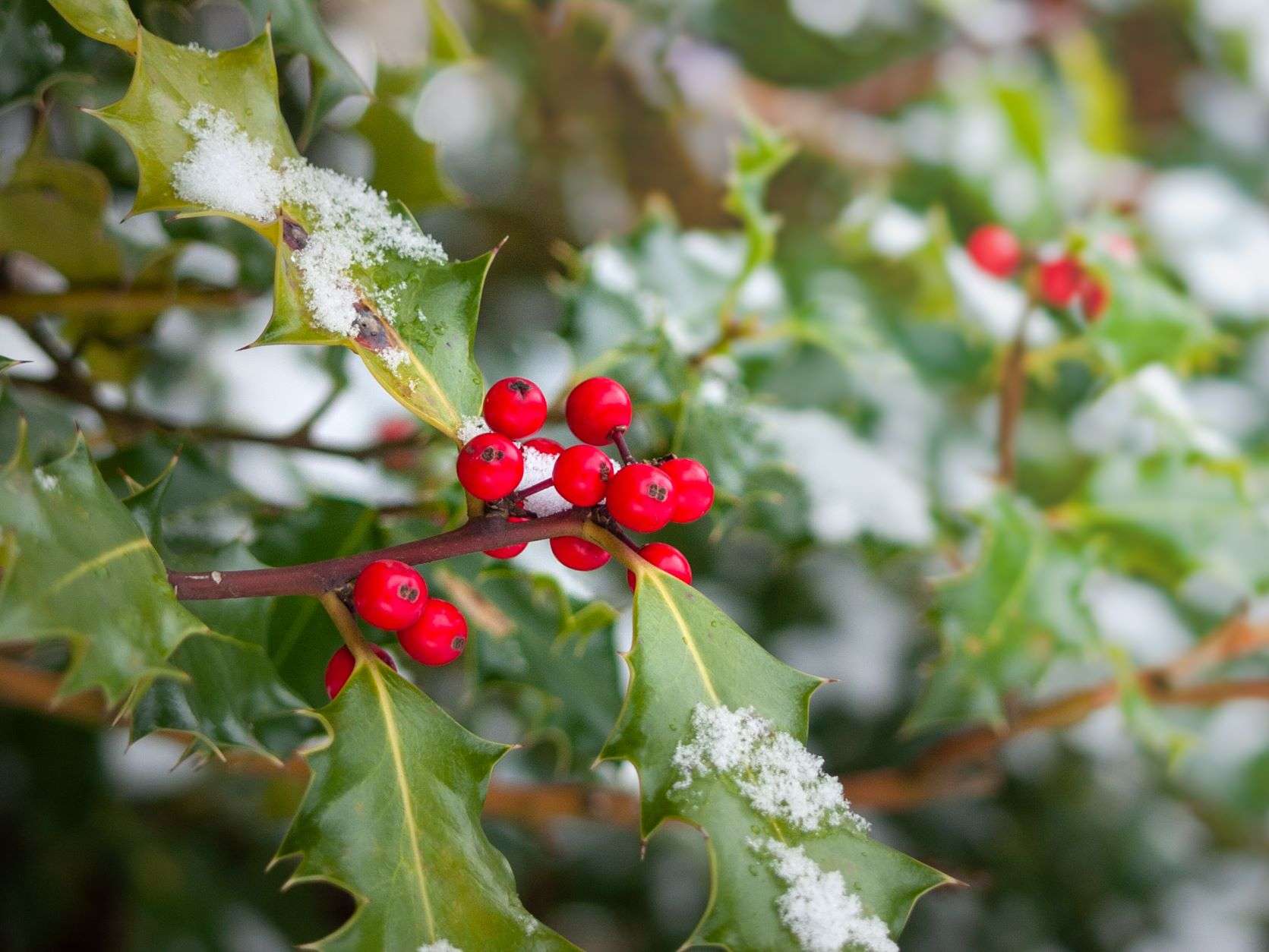
Preparing your trees and shrubs for winter requires expertise. At ProLawn, we offer professional tree & shrub winterizer services tailored to the unique challenges of Northern Virginia and Eastern West Virginia.
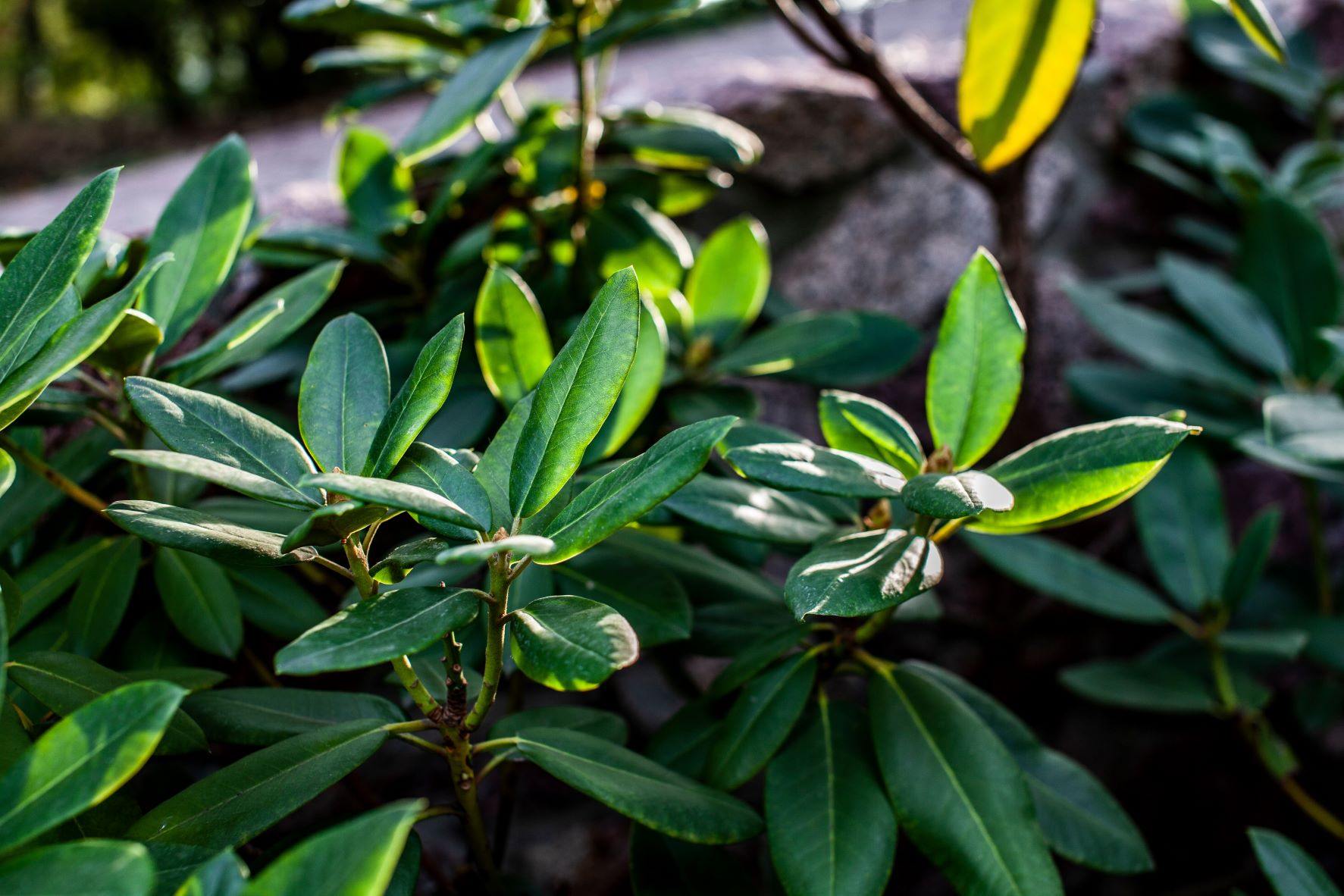
Why Choose ProLawn?
Preparing your trees and shrubs for winter requires expertise. At ProLawn, we offer professional tree & shrub winterizer services tailored to the unique challenges of Northern Virginia and Eastern West Virginia.
Our comprehensive approach includes:
- Soil evaluation to ensure plants get the nutrients they need.
- Anti-desiccant treatments to reduce moisture loss.
- Expert pruning and mulching for maximum protection.
With over 40 years of experience, our team uses sustainable and organic-based solutions to keep your landscape healthy and safe.
Don’t Let Winter Take a Toll on Your Landscape
Your trees and shrubs are a long-term investment in your home’s beauty and value. Protect them with the right care this winter. ProLawn’s tree & shrub winterizer service is designed to give your plants the best chance to thrive, even in the harshest conditions.
Call us today at 540-662-8316 or email clientservices@prolawn.com to schedule your winterizing service. Your landscape will thank you next spring!


